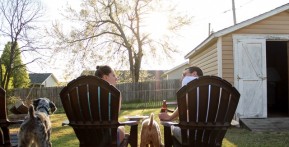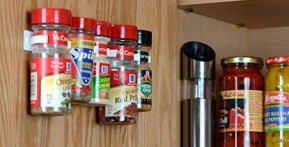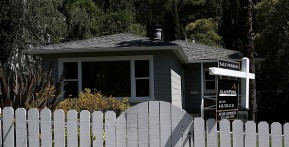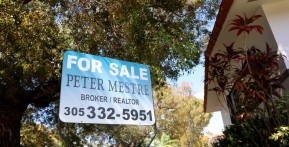The Pride weekend celebration not only made history in the streets, but also in social media, particularly on Instagram.
More than 35 million people participated on Instagram last weekend with 116 million interactions, including comments and likes, according to TIME. This is larger than the month-long celebration of the 2014 FIFA World Cup.
The trending Pride weekend started when the US Supreme Court historically legalized same-sex marriage all over the country. The decision sparked a worldwide trend with the following hashtags:
1. #lovewins
2. #pride
3. #equality
4. #loveislove
5. #love
6. #lgbt
7. #gay
9. #gaypride
10. #pride2015
Among the top countries that joined in with the LGBT community of the US were the UK, Australia, Brazil, Canada, Italy, Mexico, Spain, Russia, and Turkey
The meaning behind the trending colors
While colorful flags are being posted across the social media sites, have you ever wondered why a rainbow is the symbol of the LGBT community?
It all started with artist and drag queen Gilbert Baker, who first created the Rainbog Flag in 1978, according to Washington Post.
In line with the US' bicentennial celebration in 1976, Baker designed the flag as a representation of a nation. "We are a people, a tribe if you will. And flags are about proclaiming power, so it's very appropriate," he said in an interview.
"We needed something beautiful, something from us. The rainbow is so perfect because it really fits our diversity in terms of race, gender, ages, all of those things," said Baker. "Plus, it's a natural flag-it's from the sky! And even though the rainbow has been used in other ways in vexilography, this use has now far eclipsed any other use that it had."
Before the Rainbow Flag, the symbol of the LGBT movement was a pink triangle, which had been used by the Nazis to label the gay people and other "sexual deviants" in concentration camps.
Baker's original design had eight colors, which symbolized the following: "hot pink for sex, red for life, orange for healing, yellow for sunlight, green for nature, turquoise for art, indigo for harmony and violet for spirit," according to the Washington Post article.













